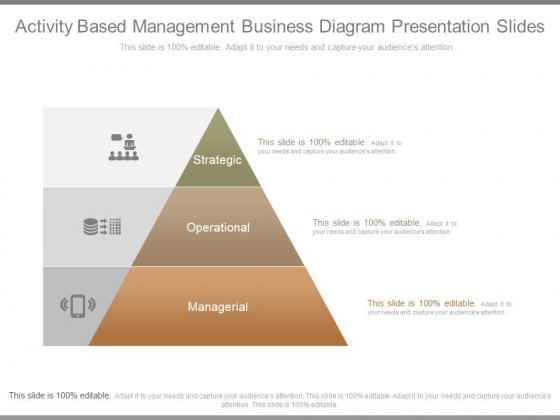S Corporation Tax Filing Requirements

Since establishing as an S-corp can save you significantly in taxes, it may be worth putting some of that money into hiring a tax professional to help you with the various forms and filings required to operate your S-corp. C-corps are the most common type of corporation—essentially the default variety—and like S-corps, the structure gets its name from the subchapter of the Internal Revenue Code under which the classification is designated. While S-corps and C-corps are usually not any different under state corporation laws, the important differences lie in federal taxation. Although the IRS continues to accept paper returns by mail, it strongly recommends filing tax returns electronically. As noted above, S corporations use Form 1120-S to report the income, gains, losses, credits, and deductions, along with other information to the IRS each year. For more on whether C corp or S corp status is right for you business, check out our breakdown of S corps vs C corps.
- Please refer to Publication 505, Tax Withholding and Estimated Tax, for additional information.
- That means that instead of an S corporation itself paying federal tax on its business profits, the obligation to pay those taxes passes through the corporation to the individual shareholders.
- S corps don’t pay federal corporate income taxes, so there is not really an “S corp tax rate” (although they may get taxed at the state level).
- While S-corporation profits aren’t subject to federal corporate income tax, your state may have different rules.
- You must also only have what the IRS defines as “eligible shareholders,” meaning shareholders must be individuals, certain trusts or estates.
Small Business taxes done right, with unlimited expert advice as you go
In a C-corp, earnings and realized gains are taxed first under a corporate income tax. This double taxation is a major disadvantage of C-corp taxation for small businesses. LLCs are popular with small business owners because they allow for a simpler and more flexible ownership and management structure than a corporation. By default, a one-owner (or “member”) LLC is taxed like a sole proprietorship, and a multi-member LLC is taxed like a partnership.

Pay yourself a “reasonable” salary
You may have to file a separate state tax return for your S-corporation. Although they are largely exempt from corporate taxes, S corporations must still report their earnings to the federal government and file tax returns. However, taxpayers with special filing deadlines may be able to get an extension of time to file their 2023 income tax returns. Corporations may also be liable for taxes to city, county, or regional jurisdictions. Local taxing authorities are less likely to require estimated tax payments, but it’s important to check the local rules that apply to your business.
Information Included on Form 1120-S

Most local tax returns are due on the same schedule as state taxes, but that is also a detail to check before filing. Although most states require a corporation to file its income tax return on the same day that it files its federal taxes, this is beginning to change. Several states now have due dates one month or later, to give taxpayers more time to complete their federal returns, on which the state returns are based. In addition, S corp owners must report their salaries and wages from the company — as well as their share of the distribution of the company’s profits — on their personal tax returns. Along with the tax advantages, S-corps still enjoy the same protection from liability offered by corporation status. Similarly, S-corps maintain an independent life from an owner—meaning the departure of key shareholders isn’t as big an obstacle to longevity as it might be for non-corporate business structures.
S corp status can save some serious silver
If a payment is mailed, the date of the U.S. postmark is the date of payment. If the due date for an estimated tax payment falls on a Saturday, Sunday, or legal holiday, the payment will be on time if you make it on the next day that isn’t a Saturday, Sunday or interest amt. crossword clue holiday. To figure your estimated tax, you must figure your expected adjusted gross income, taxable income, taxes, deductions, and credits for the year. You don’t have to pay estimated tax for the current year if you meet all three of the following conditions.
S corp gets its name from Subchapter S of the Internal Revenue Code, under which it has elected to be taxed. The IRS uses the ownership percentage detailed in Form 1120-S to allocate how much profit and loss is assigned to an individual shareholder. And if you want someone else to take care of the bookkeeping and tax filing for your S corp, check out Bench. Schedule B, “Other Information,” will ask you a series of yes or no questions about your business’ accounting methods, the types of stock it owns, gross receipts, and a bunch of other stuff.
It features a lengthy 0% intro APR period, a cash back rate of up to 5%, and all somehow for no annual fee! Click here to read our full review for free and apply in just 2 minutes. Shareholders’ W-2 earnings go on line seven, and other employees’ earnings go on line eight. If you receive https://www.quickbooks-payroll.org/ a paycheck, the Tax Withholding Estimator will help you make sure you have the right amount of tax withheld from your paycheck. A selection of the week’s best photos from across the African continent. The 29-year-old is the first person to die in the youth-led protests against tax-hikes.

Prior to joining the team at Forbes Advisor, Cassie was a content operations manager and copywriting manager. Jane Haskins practiced law for 20 years, representing small businesses in startup, dissolution, business transactions and litigation. She has written hundreds of articles on legal, intellectual property and tax issues affecting small businesses. While there’s no substitute for advice from licensed tax and legal professionals, an overview of the pros and cons can help point a business in the right direction. They are definitely more expensive to establish and time consuming to maintain than LLCs, another popular small-business structure.
But an LLC can also elect to be taxed as an S-corp or a C-corp if it meets certain requirements. Many small business owners choose LLCs for simplicity and flexibility and eventually elect S-corp status rather than first registering https://www.accountingcoaching.online/what-is-the-days-sales-in-inventory-ratio/ as a corporation. With a C-corp, a corporate income tax is paid first with a federal return (Form 1120) required by the IRS. Shareholders must then pay taxes on personal income at the individual level for any gains from dividends.

On the other hand, a company whose tax year runs between July 1 and June 30 must complete and file Form 1120-S by Sept. 15. Small business owners may complete these forms on their own using special tax software. The majority of these programs do come at a cost but may be inexpensive compared to the use of a professional.





